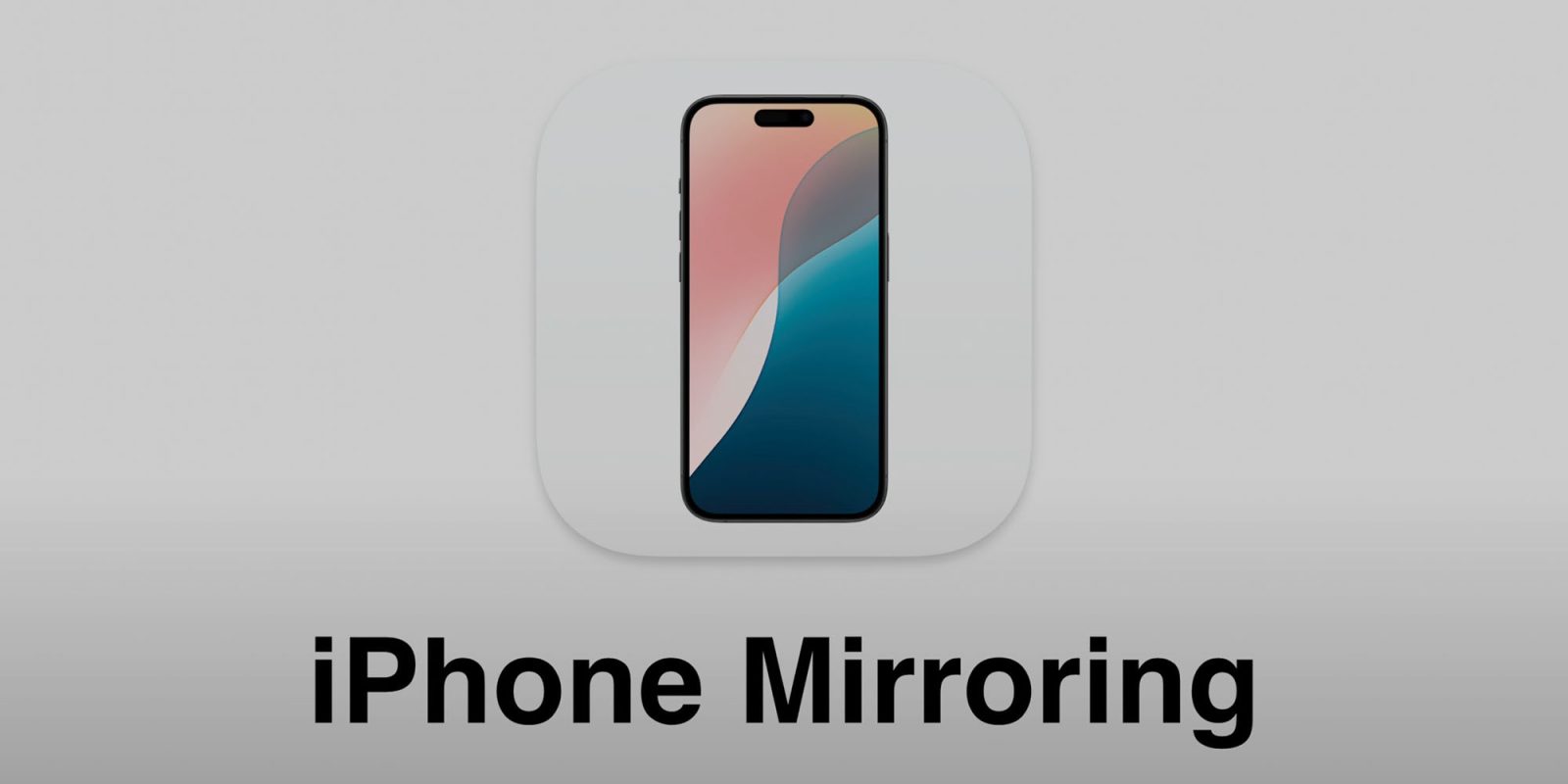
Continuity is one of the biggest strengths of the Apple ecosystem, and iPhone Mirroring is a great addition to that – letting us not only mirror our iPhone to our Mac desktop, but also take full control of it.
I’m a huge fan of the feature, and use it every single day, but it does have a few weaknesses that I’d love to see Apple address …
iPhone Mirroring
Beta testers first got to try iPhone Mirroring back in June, when it debuted in the second beta of iOS 18 and macOS 10.15 Sequoia.
We provided a full hands-on at the time.
I happily run iOS betas on my iPhone, but given that my entire life is organized on my Mac, I don’t go anywhere near macOS betas! That meant I had to wait for the release version to get access to the feature.
I’m a Mac-first guy
Perhaps I’m unusual, but I’d describe myself as a Mac-first guy. Given a choice of doing the same task on an iPhone, iPad, and Mac, my MacBook will always be my first choice. My iPhone is primarily used for relatively simple tasks conducted while mobile, and as a camera.
My preference for Mac over iPhone is driven by a number of factors, but all can be summarized as ease and efficiency. Typing is easier, the larger screen is more practical, and given how many everyday tasks require simultaneous use of more than one app, then the Mac UI is just way more efficient.
Of course, a practical consideration is that I work from home, so I’m sitting in front of my own Mac for much of the day. There’s also a circular element to this: because I prefer my Mac, I keep it to hand in the living room too, so it’s as easy to pick up my MacBook as it is my iPhone even outside work hours.
So I love iPhone mirroring
My preference for Mac means that iPhone Mirroring has actually become my primary way of using my iPhone whilst at home.
That’s because it offers many of the same benefits of any other Mac use. I can use a full-size physical keyboard to type, the virtual screen (set to Larger size) is bigger than the physical one, and it’s easier to multitask.
It also allows me to use mobile-only apps on my Mac. There aren’t many of these, but there are a few – like the Oura app (the web app is a poor substitute) – and it’s great to be able to access these on my Mac.
But I would like to see three improvements …
Three changes I’d like for iPhone Mirroring
Remove the time-out
The first is that iPhone Mirroring times out, and does so rather aggressively. If I’m not using it for more than a few minutes, it requires me to reconnect. Admittedly that’s a single click, but it’s still a minor irritation.
I’m not sure why it needs to do this at all. It could be argued that it’s a privacy thing, in case you wander away from your Mac, but then if I do that without locking it someone could do more harm by doing Bad Things on my Mac than my iPhone.
I’d simply like this to be a preference, so we can choose the time-out period, including setting it to off.
Remove duplicated notifications
I don’t allow too many notifications on my iPhone, but the ones I do allow are now received twice when I’m using iPhone Mirroring – once from the Mac app, again from the iPhone app.
Ok, it’s not a big deal, but it is slightly annoying, and it offends my inner UX designer. It seems bizarre to me that this wasn’t picked up in early testing.
Allow Touch ID authentication
Some iPhone apps of course require authentication via Face ID. However, you can’t* use biometric authentication to login to an iPhone app via iPhone Mirroring. That rules out using certain apps, like banking ones.
This again seems to me an easy fix. If an iPhone app requires Face ID, then simply accept Touch ID on the Mac instead.
*Or maybe you can with some apps? I may be imagining it, but I have a vague feeling that I have successfully done this with one or more apps, but I can’t replicate it now.
What’s your experience?
What’s your experience of iPhone Mirroring? How do you use it, and are there any improvements you’d like to see in how it works? Please share your thoughts in the comments.
Image: Apple and Jeff Benjamin/9to5Mac
FTC: We use income earning auto affiliate links. More.


